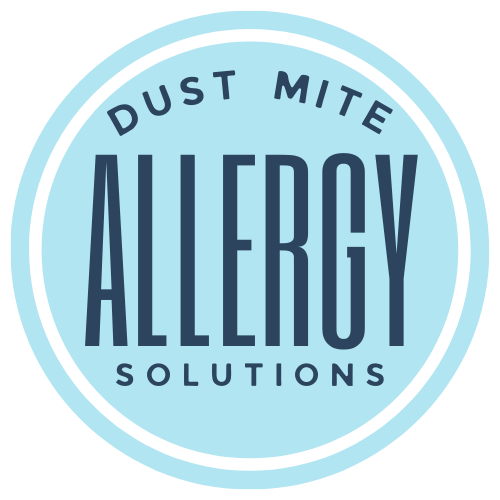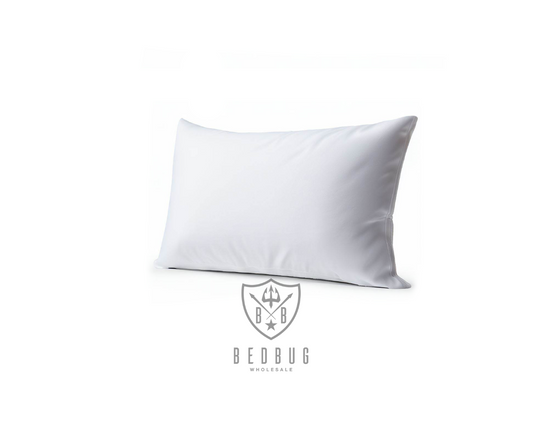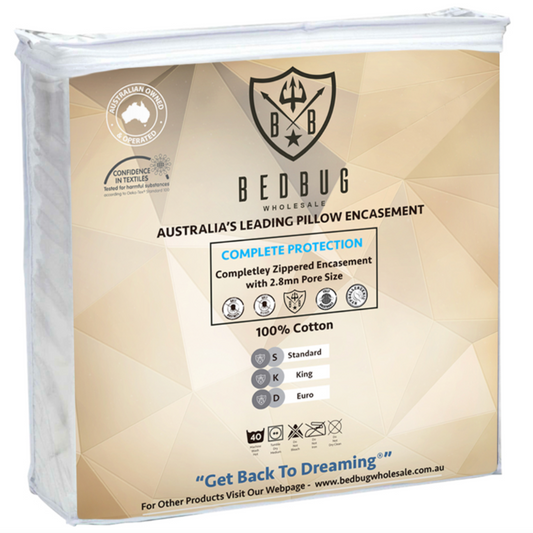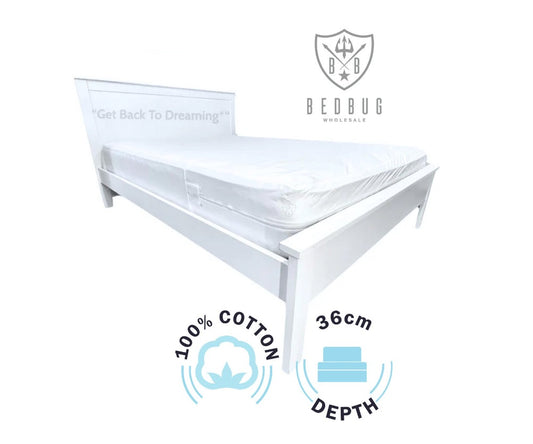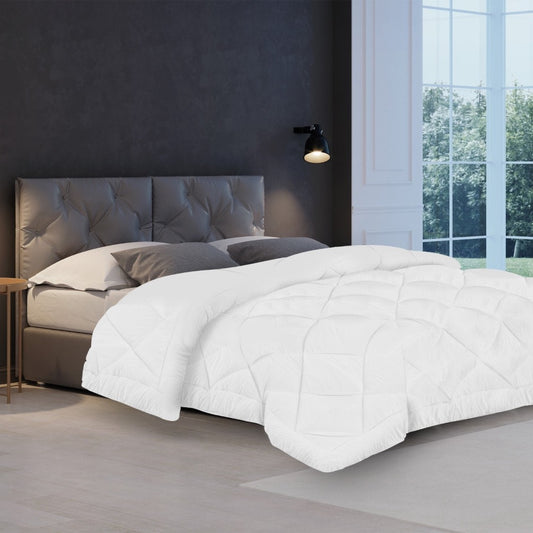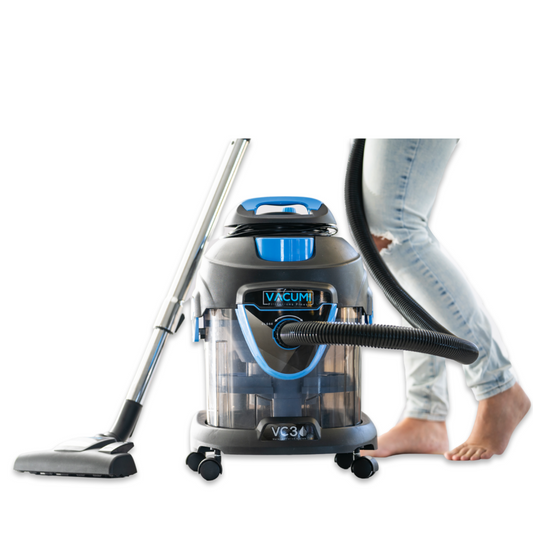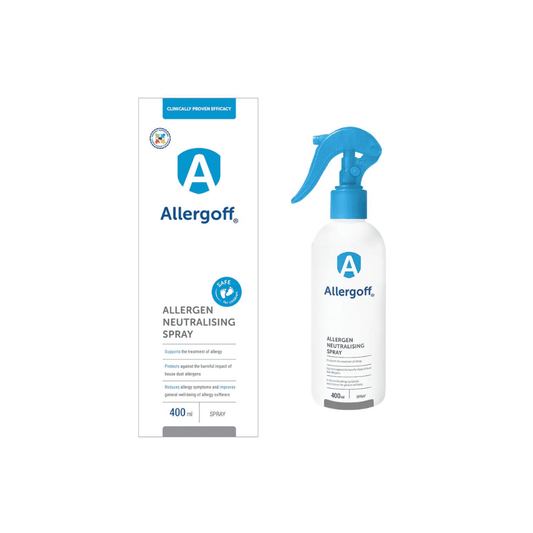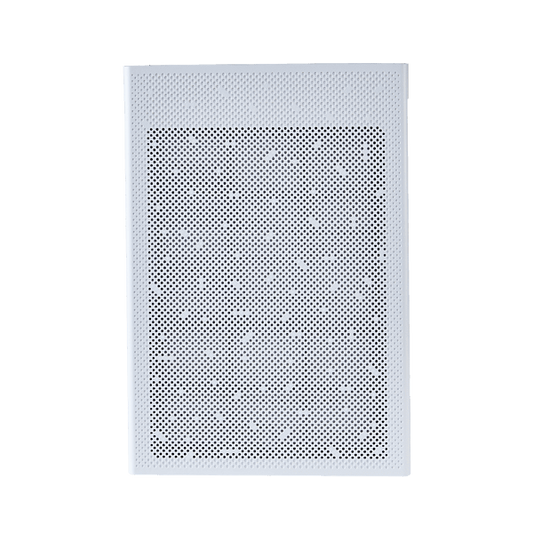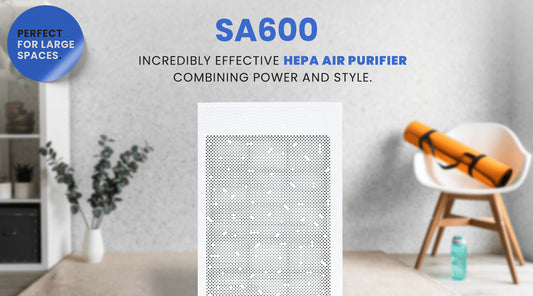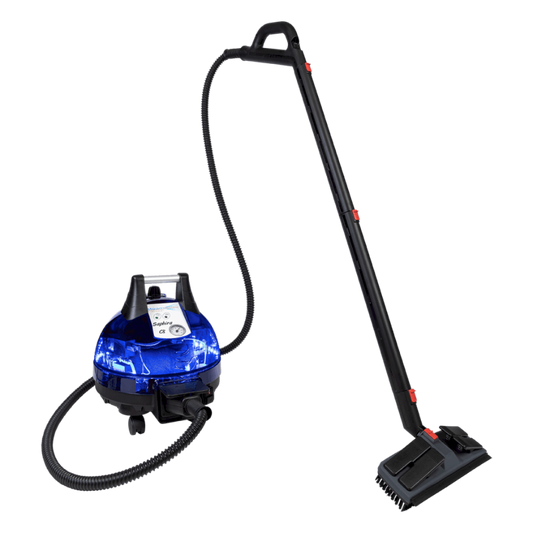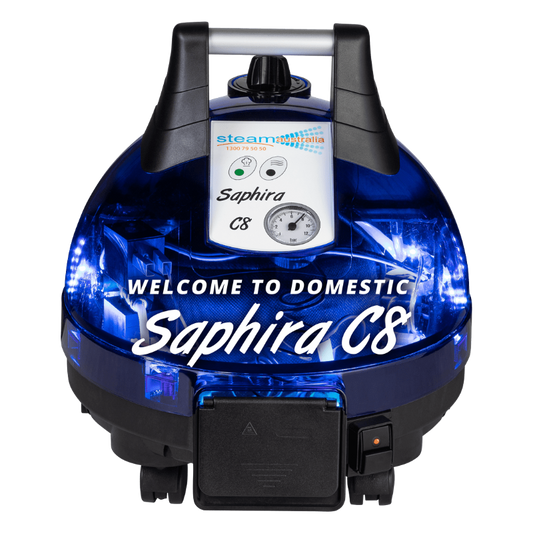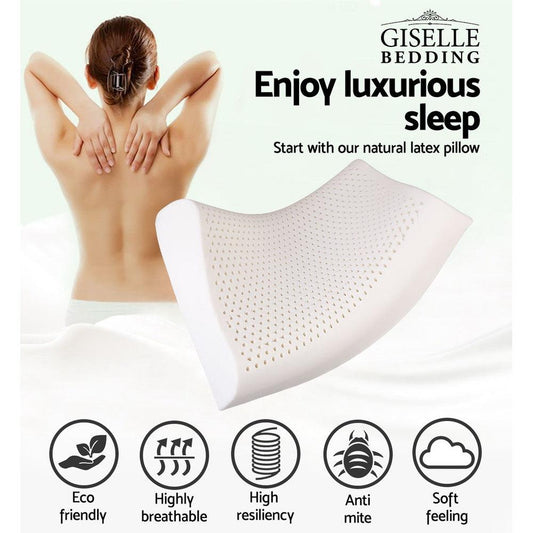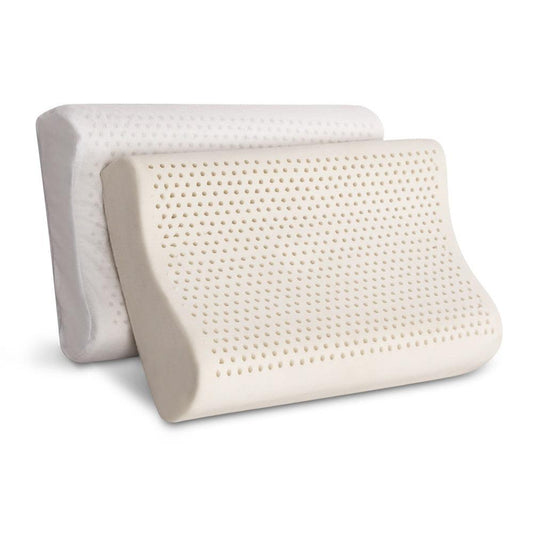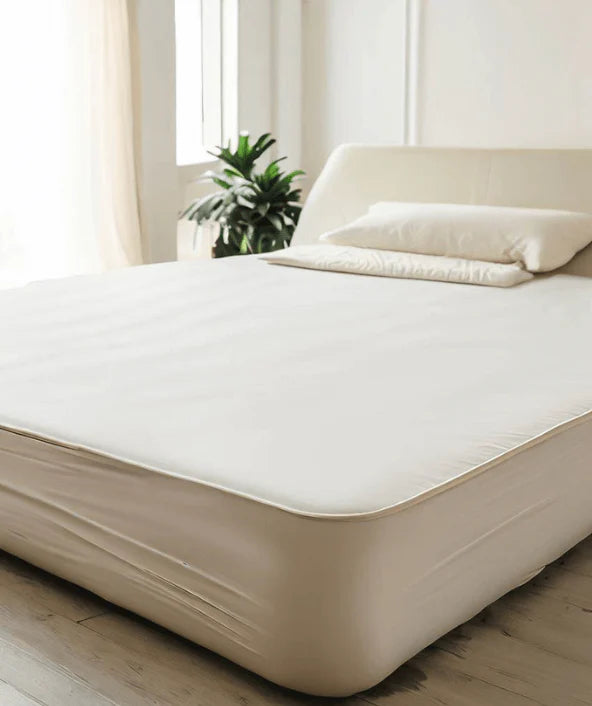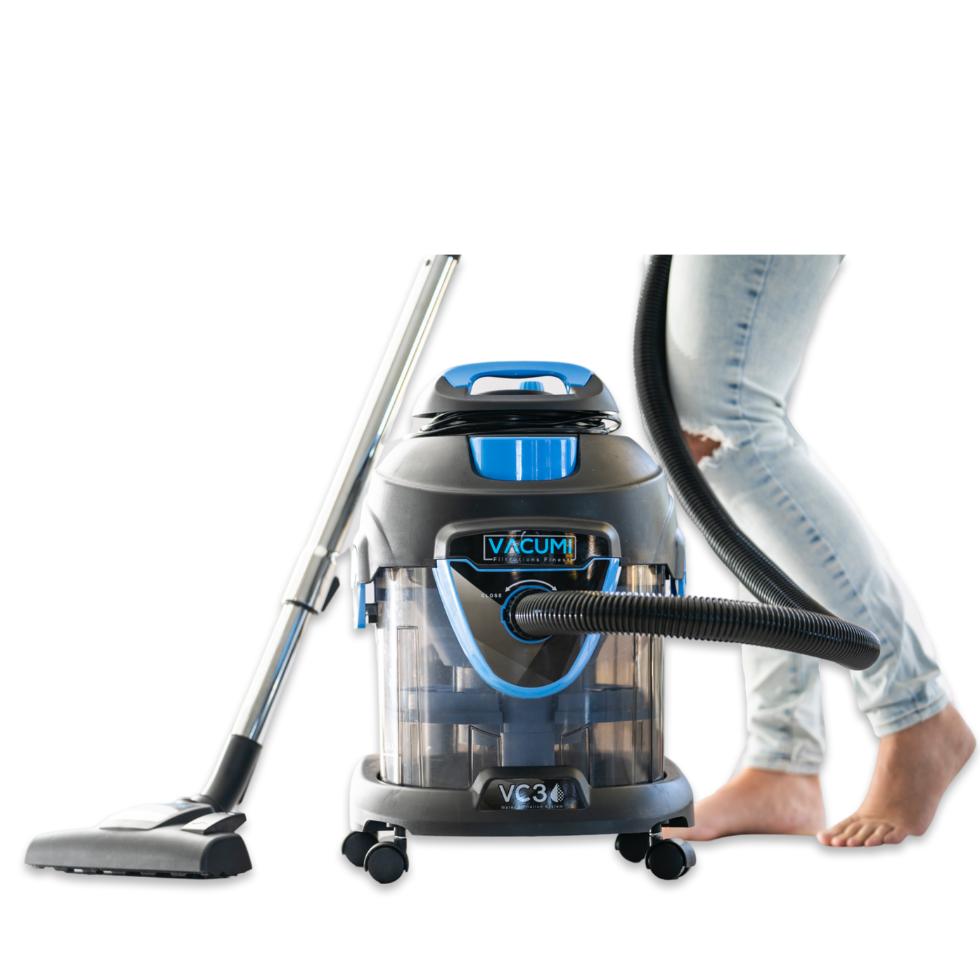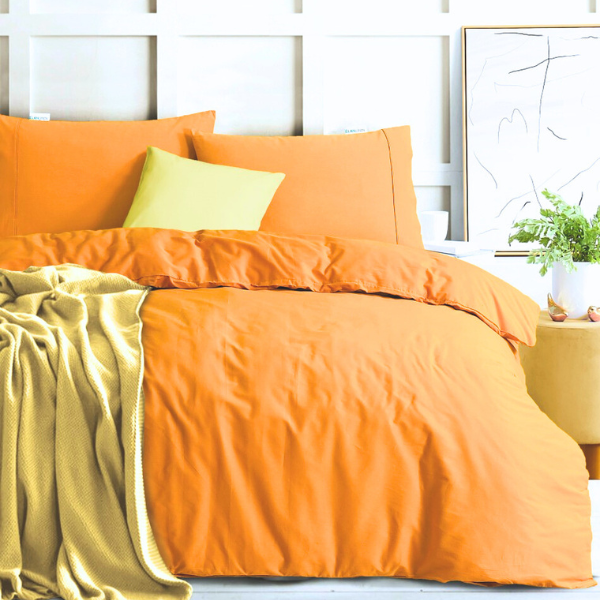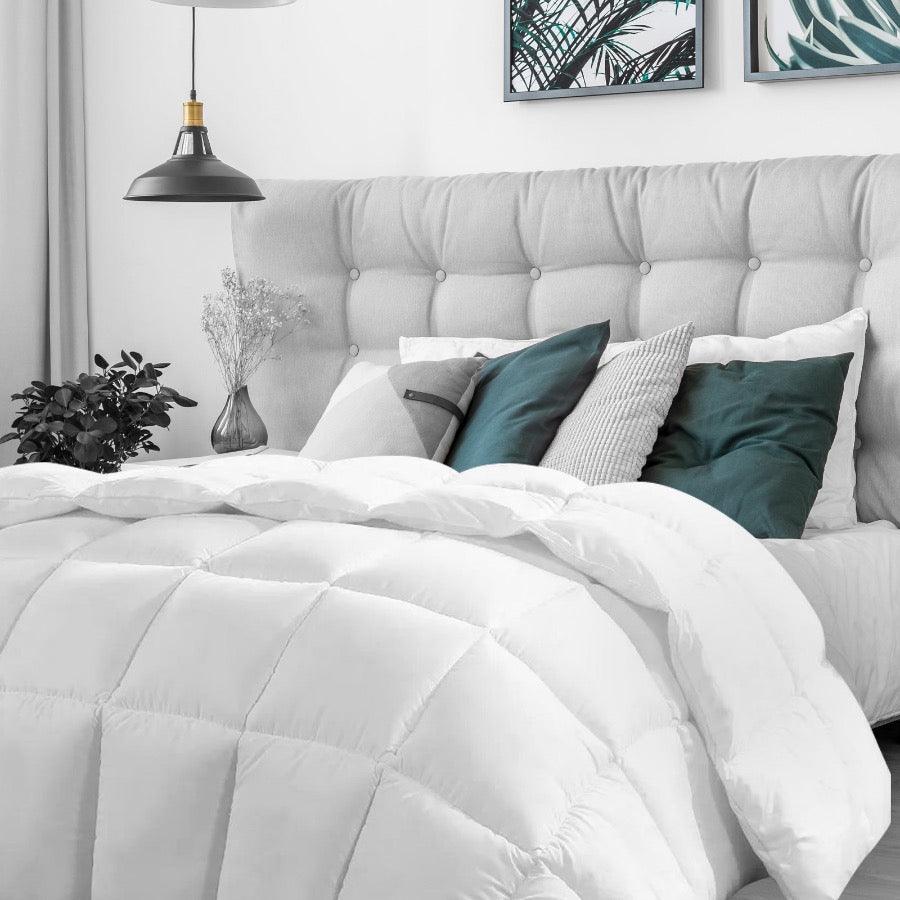Dust Mite Allergy Solutions
Minimise dust mites in your environment
Reduce and remove dust mite allergy triggers
Dust mite covers
-
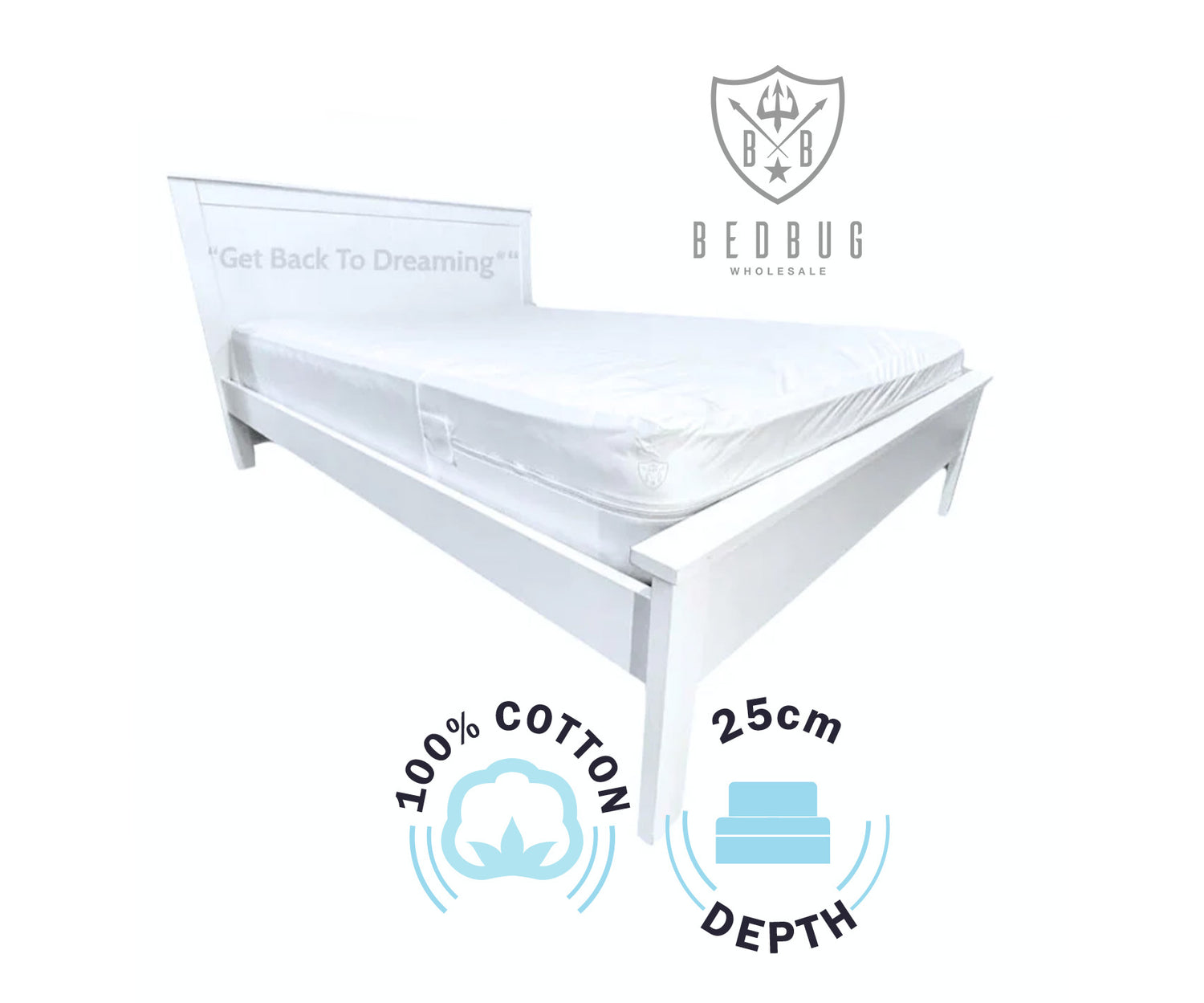
Mattress Protectors for Dust Mites
Mattress protectors designed for dust mite allergies available in cotton and waterproof...
-
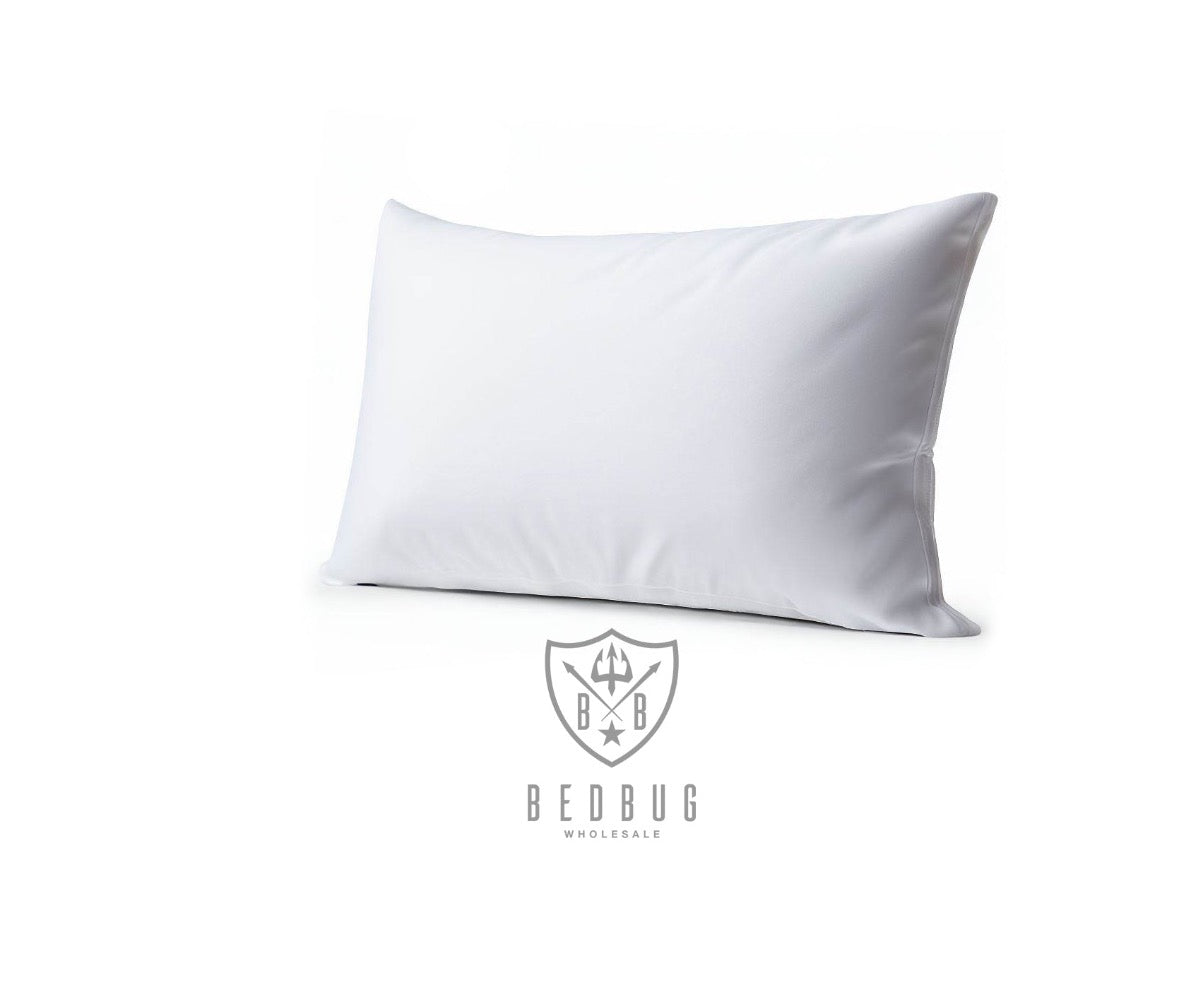
Dust Mite Pillow Protectors
Available in various sizes and shapes, the dust mite pillow protectors will...
-
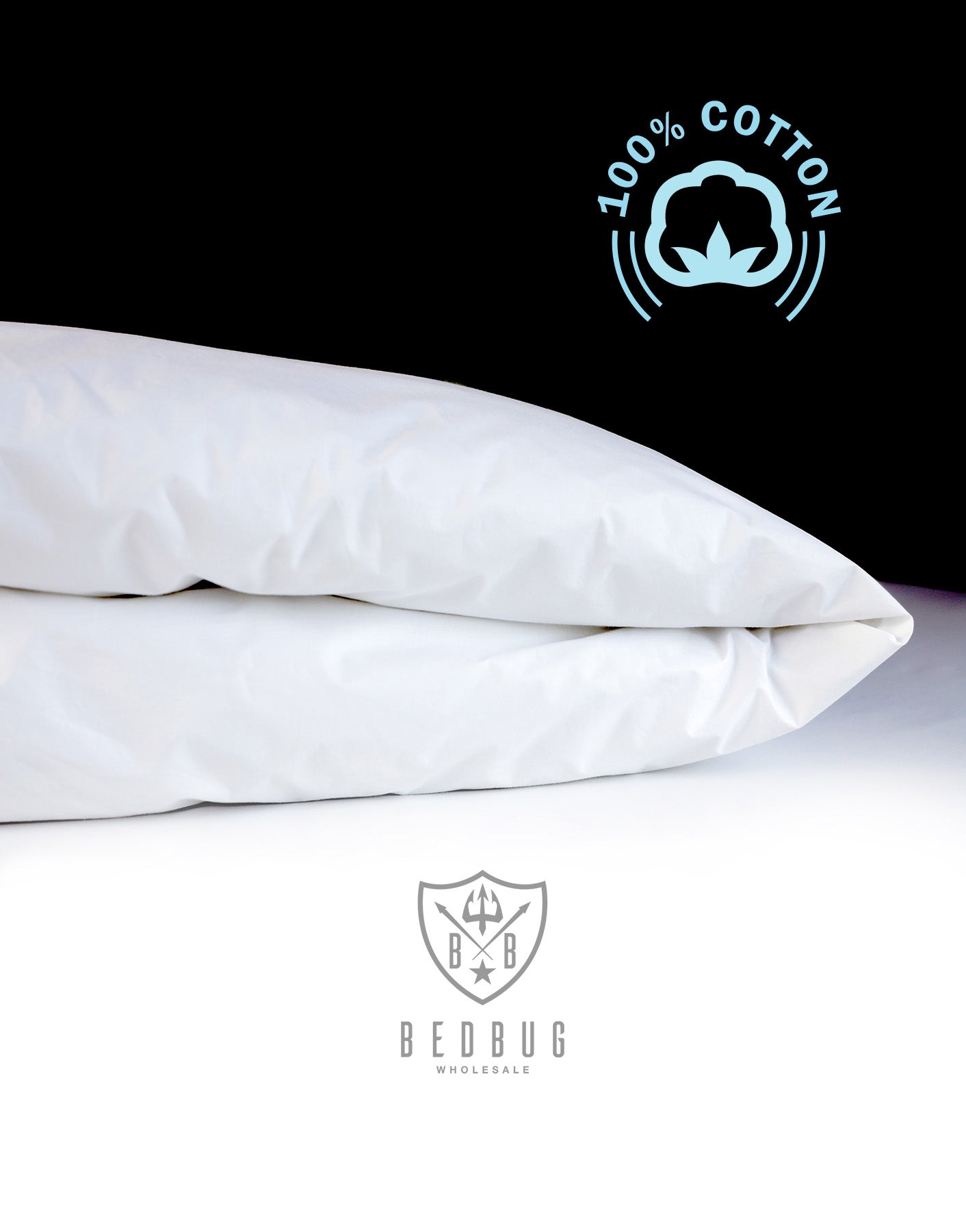
Dust Mite Quilt Protector
Discover the advantages of our dust mite quilt protectors, designed with small...
Are dust mite covers effective in preventing allergies?
Dust mite covers - all your questions answered
Dust mites thrive in our homes, particularly in mattresses, pillows, and bedding, where they feast on dead skin cells and leave behind allergens that can trigger allergic reactions.
What are dust mite covers?
Dust mite covers are specialised encasements designed to envelop pillows, mattresses, and duvets, creating a barrier that prevents dust mites and their allergens from penetrating the fabric.
How do dust mite covers work?
Dust mite covers work by forming a tight seal around your bedding with materials that are too tight for dust mites to get through effectively blocking these allergens from coming into contact with your skin and respiratory system. Good quality covers will have zippers that will seal and encase the bedding.
What materials are dust mite covers made of?
Dust mite covers are typically made of tightly woven fabrics like cotton, polyester, which are effective in blocking dust mites and allergens while still allowing air and moisture to pass through for comfort.
How often should I wash dust mite covers?
Dust mite covers should be washed every 1 to 2 months, using hot water to effectively remove any accumulated dust or allergens. Please follow the manufacturers instructions for the brand you purchase.
Are dust mite covers breathable?
Yes, most modern dust mite covers are designed to be breathable, ensuring comfortable sleep without compromising their effectiveness against dust mites.
Will dust mite covers change the feel of my mattress or pillow?
While dust mite covers are designed to be as unobtrusive as possible, they may add a slight layer of firmness or texture, but this is usually minimal and often goes unnoticed.
How do I choose the right size dust mite cover?
Measure your mattress, pillow, or duvet, and select a dust mite cover that closely matches these dimensions for a snug and effective fit.
Can dust mite covers be used on any type of bedding?
Yes, dust mite covers are versatile and can be used on various types of bedding, including memory foam, down, and synthetic materials.
Do dust mite covers prevent bed bugs?
While primarily designed for dust mites, many dust mite covers also provide a barrier against bed bugs, but it's important to check if the cover is specifically rated for bed bug protection.
Read our guide where we answer all your commonly asked questions.
Using dust mite covers is highly recommended for people with dust mite allergies because they create a barrier between the allergens and the individual. Dust mite covers for mattress, pillow and duvet, are designed to be allergen-proof, preventing dust mites from infiltrating these commonly infested areas.
Dust Mite Covers
How can dust mite mattress cover help with allergies?
A single mattress can harbour millions of dust mites that feed on skin cells and cause allergies.
The dust mite allergy mattress covers are designed and manufactured with a pore size under 2.8 microns.
Matress covers act as a barrier between you and the dust mites and their allergens that live in mattresses and other bedding.
Improve air quality in your home
-
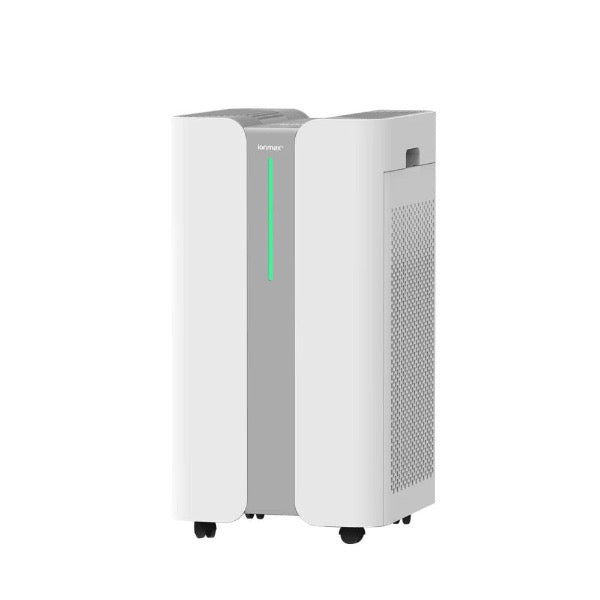
Air Purifiers
Explore the best air purifiers for dust mite allergy. Our top recommendations...
-
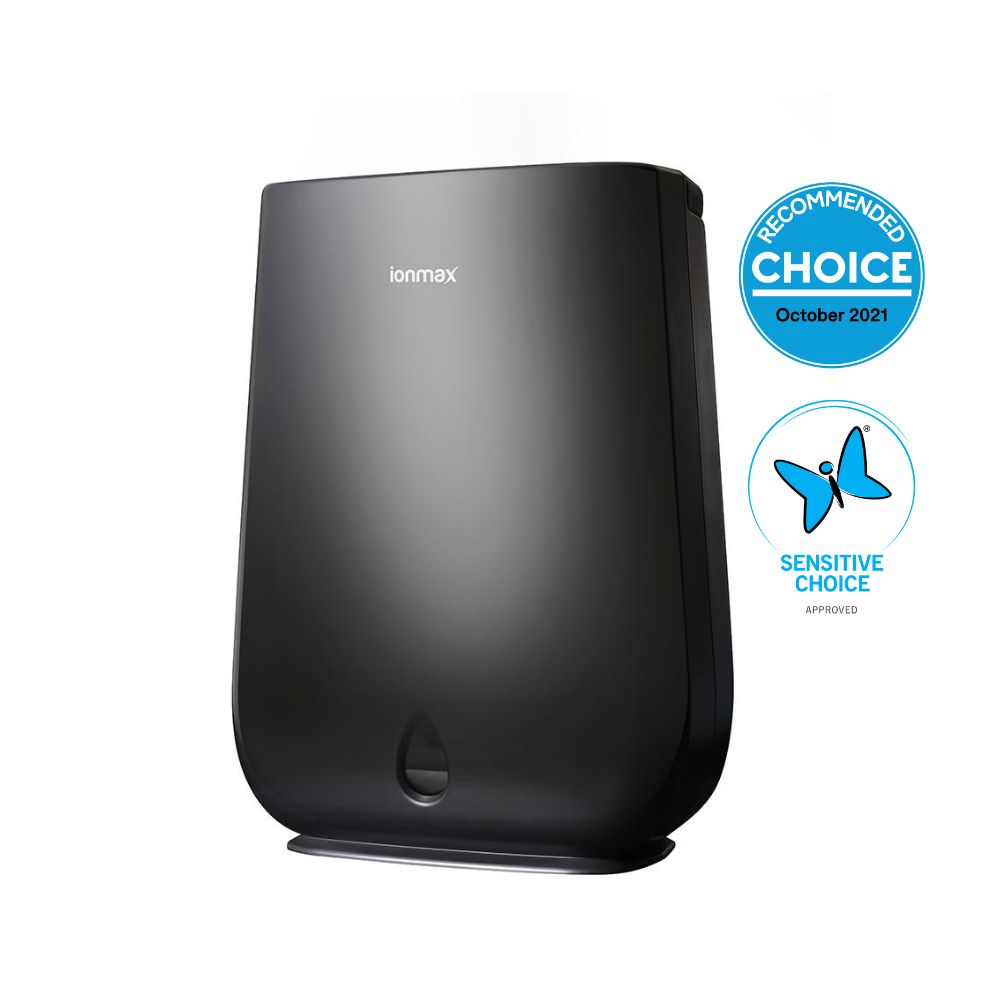
Dehumidifiers
Controlling humidity levels in your home is a key step in managing...
-
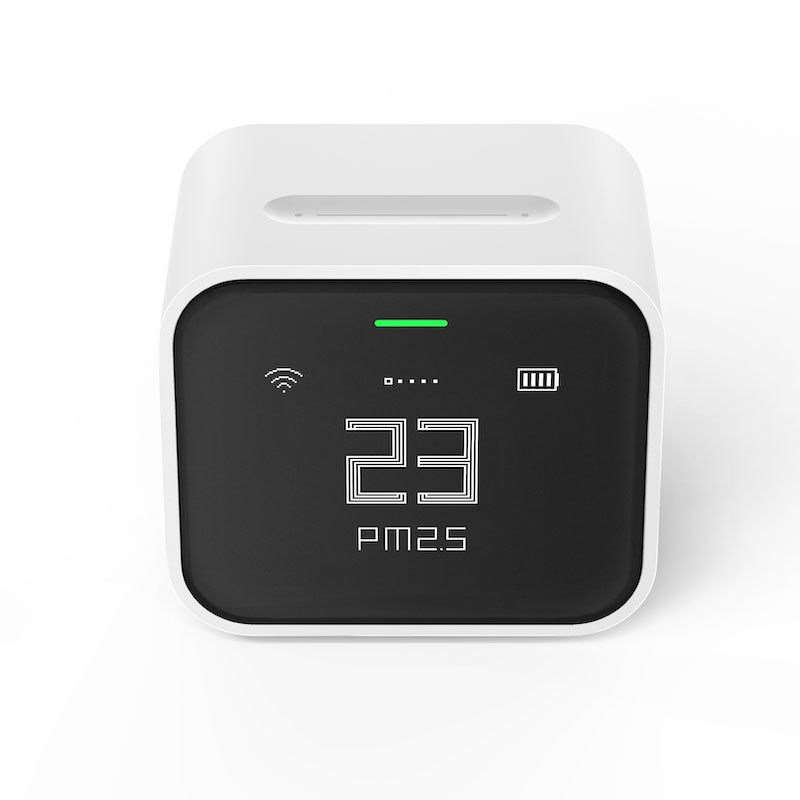
Air Quality Monitors
Air quality monitors can help track humidity, temperature, and particulate levels to...
All the tools you need to reduce dust mites
-

Air Quality Monitors
Air quality monitors can help track humidity, temperature, and particulate levels to...
-
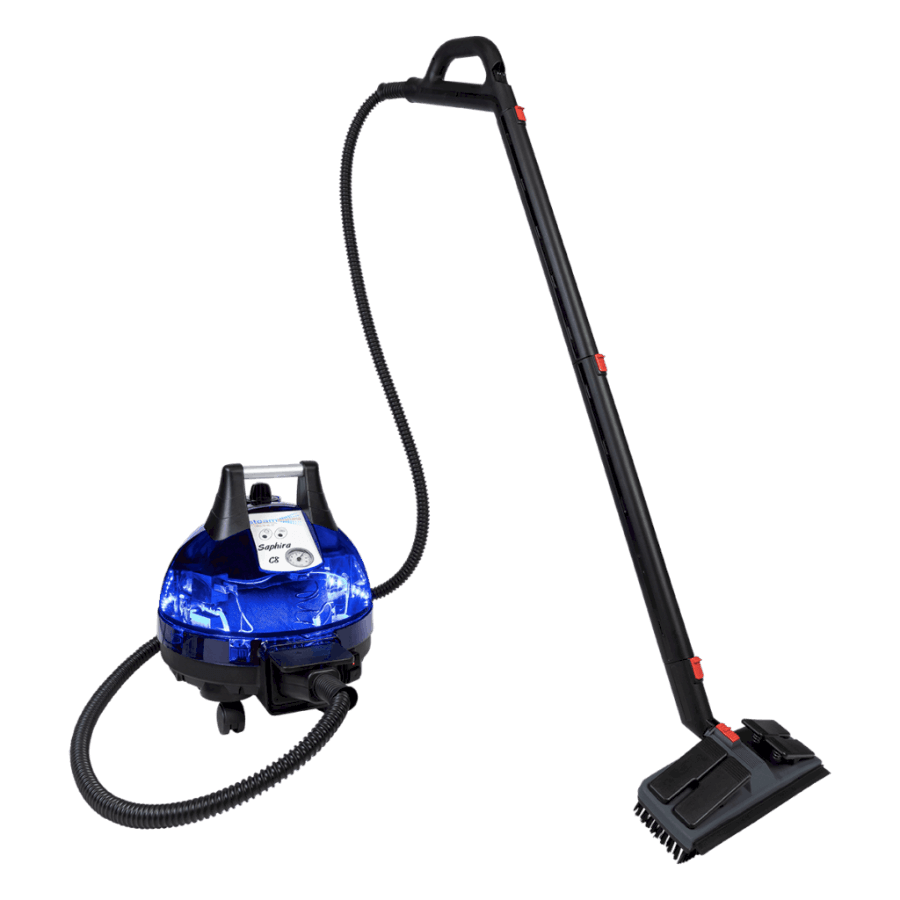
Steam Cleaners
The high temperature of the steam can penetrate deep into fabrics and...
Sleep tight
-
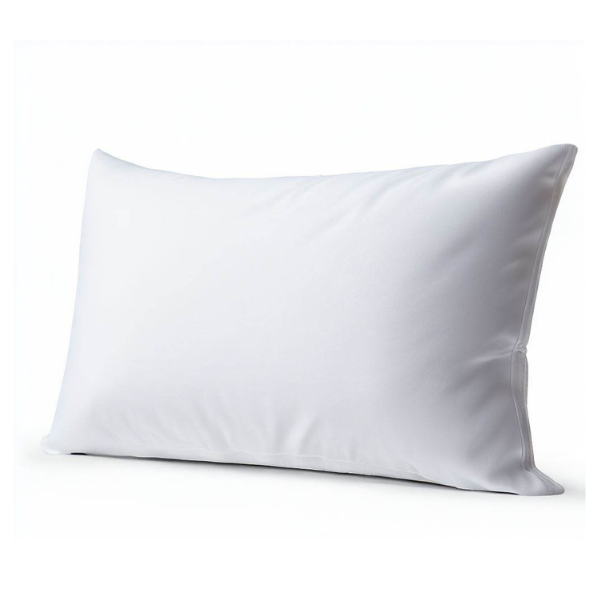
Allergy friendly pillows
Allergy friendly pillows
